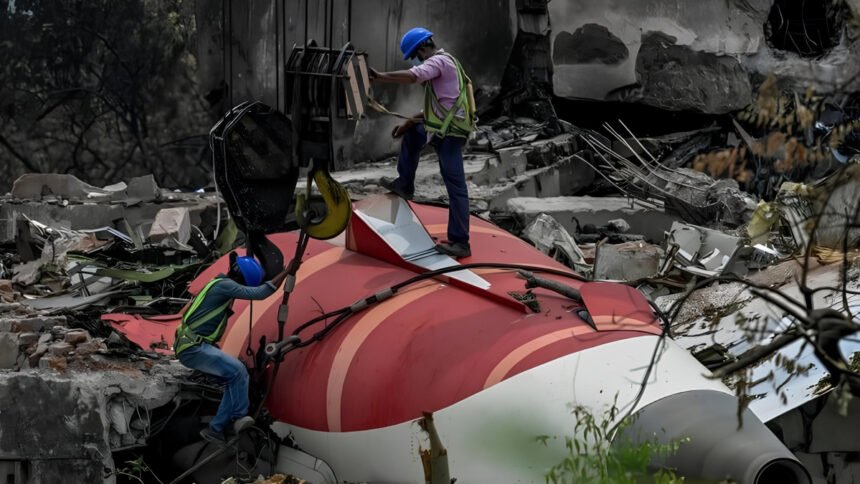Brief Overview of the Air India Situation
India’s aviation history recorded one of the most catastrophic and deadliest passenger airline crash incidents on June 12th, 2025—Air India Flight 171. The flight plan was that it originated from Ahmedabad and headed for London Gatwick. Immediately after taking off, the flight experienced a major critical failure and crashed shortly after leaving Sardar Vallabhbhai Patel International Airport. The pilots made several attempts to restart both the engines but couldn’t succeed in it. The aircraft continued to lose altitude, eventually leading to a crash in the men’s dormitory complex of the B.J. Medical College, approximately 1.5 kilometers away from the runway. The aircraft was carrying a total of 242 people on board, out of which 241 were killed, with only one surviving passenger. The crash also observed 19 deaths and more than 60 injuries on the ground.
- Brief Overview of the Air India Situation
- Aircraft Profile and Known Technical Risks
- Crash Timeline: What , When and Where it Happened?
- Victims and Casualty Profile
- Moments Before Impact
- Pilot Assessment
- Emergency Response
- Administrative and Political Response
- Investigation Launch
- Compensation and Corporate Measures
- Public Reaction and Legal Disputes
- Wider Effects on Aviation Regulation
- Flaws in the Investigation Report
- Maintenance Practices
- Media Bias and International Narrative
- Boeing’s Immunity Through Influence
- Regulatory Escape Routes
- Related Past Accidents and Patterns
- Expert Reactions
- Strategic Preventive Actions
- Structural Reforms to Prevent Future Failures
- Conclusion
- Air India Flight 171 Crash: FAQs & Key Facts 2025
- Most Viewed Posts
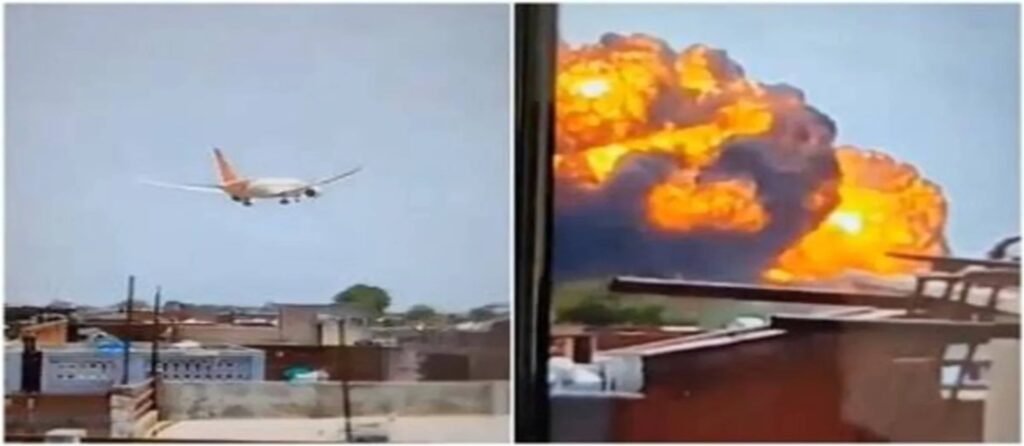
A full investigation of the crash was ordered by the Indian government, and the investigation was carried out by India’s Aircraft Accident Investigation Bureau (AAIB) in association with Boeing and other relevant international aviation authorities.
Aircraft Profile and Known Technical Risks
- Aircraft Type: Boeing 787-8 Dreamliner
- Manufacturer Year: 2013
- Aircraft Serial Number: 36279
- Total Flight Hours: 41,868
- MEL Items: 5 (non-critical)
- Right Engine: GE GEnx-1B70/P2 — 33,439:30 hrs / 6,202 cycles
- Left Engine: GE GEnx-1B70/75/P2 — 27,791:43 hrs / 4,298 cycles
The last major line maintenance check was carried out at 38,504:12 hours and 7,255 cycles. The next major D check was due in December 2025. The left engine was fitted in May 2025, the right in March 2025.
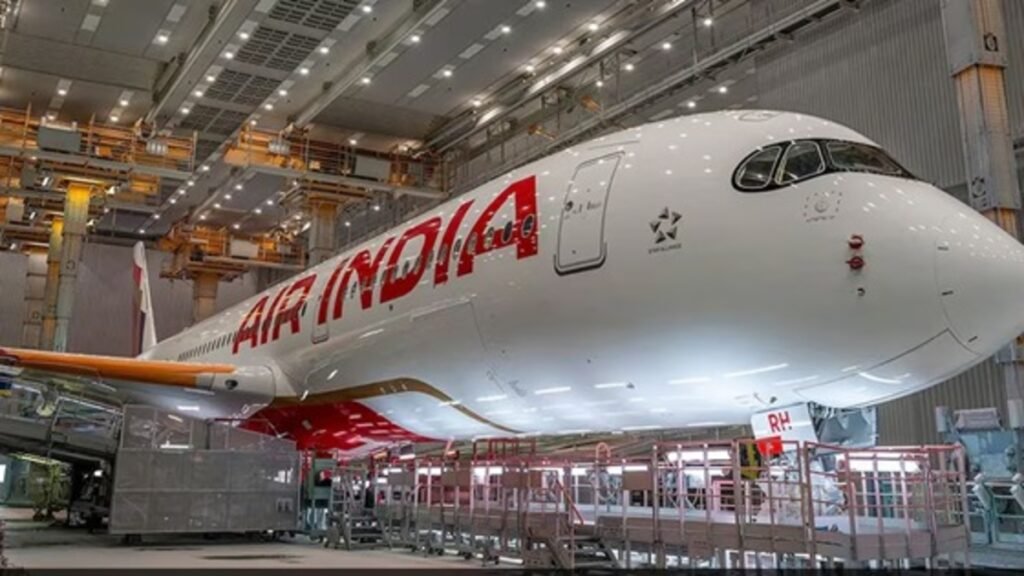
Known but ignored issues: FAA SAIB NM-18-33 warning on faulty fuel switch locking mechanisms, service bulletin 73-0097 addressing thrust control processor faults, and TCMA bug capable of mismanaging thrust without pilot input. These issues have appeared in past Boeing incidents yet were absent from the AAIB report.
Crash Timeline: What , When and Where it Happened?
| Time (IST) | Event Description |
|---|---|
| 13:37:33 | Cleared for takeoff. |
| 13:38:42 | Aircraft airborne at 180 knots; both engine fuel switches move to OFF — not manually. |
| 13:38:47 | RAT (Ram Air Turbine) deploys, indicating electrical and engine failure. |
| 13:38:52 | Engine 1 fuel switch back to RUN. |
| 13:38:56 | Engine 2 fuel switch back to RUN. |
| 13:39:05 | MAYDAY call issued. |
| 13:39:11 | Aircraft crashes into B.J. Medical College hostel complex. |
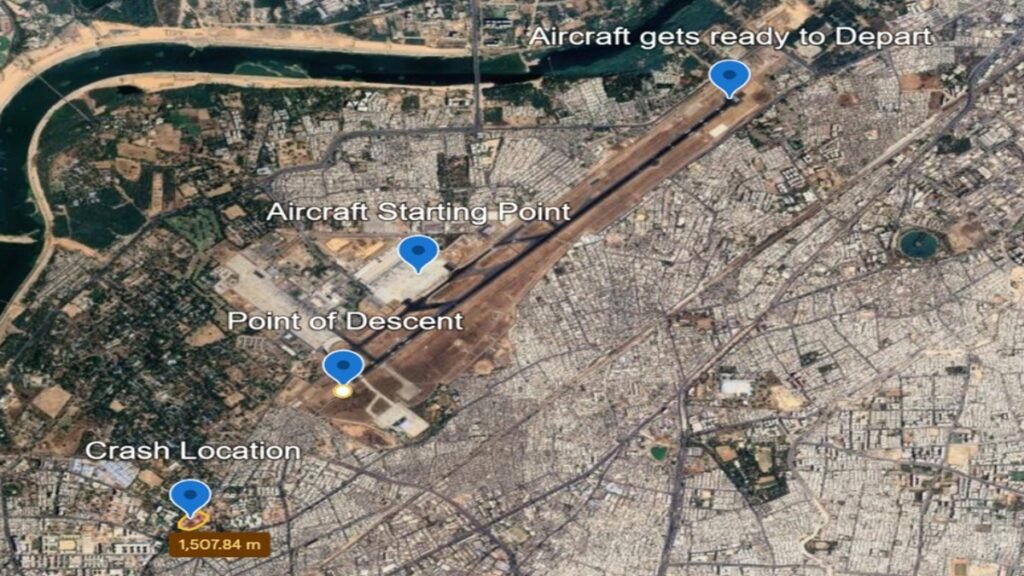
Independent simulator data confirmed both engines failed 7–8 seconds after liftoff, before any emergency steps — proving it was not pilot-induced.
📺 Recent Fighter Jet Crashes & Emergency Landings – Must-See Footage
Victims and Casualty Profile
| Category | Details |
|---|---|
| Flight Details | Air India Flight 171, Boeing 787-8 Dreamliner, Ahmedabad to London Gatwick |
| Total People Onboard | 242 (230 passengers + 12 crew members) |
| Fatalities (Onboard) | 241 (all 12 crew members + 229 passengers) |
| Survivors (Onboard) | 1 passenger (rescued with injuries) |
| Ground Fatalities | 19 individuals (including students and staff at B.J. Medical College and Civil Hospital) |
| Ground Injuries | Estimated 67 (burns, fractures, psychological trauma from debris and secondary fires) |
| Major Passenger Nationalities | 169 Indian, 53 British, 7 Portuguese, 1 Canadian |
| Captain | Capt. Sumeet Sabharwal, 56 years old, 15,600 flight hours (8,600 hrs on B787) |
| First Officer | Clive Kunder, 32 years old, 3,400 flight hours (1,100 hrs on B787) |
Among the deceased were former Gujarat Chief Minister Vijay Rupani, corporate executives, students bound for Europe, and multiple families.
Vishwash Kumar Ramesh, a 40-year-old Indian-British national, survived due to a rupture near seat 11A just ahead of the emergency exit. The rupture softened the force of impact. He sustained fractures, chest injuries, and damage to both hands, feet, and eyes.
Moments Before Impact
At 13:38:42 IST, both engines lost thrust after fuel control switches shifted from RUN to CUTOFF. These physically safeguarded levers require deliberate lifting — not an accidental bump — to move.
The switches moved back to RUN seconds later, initiating relight. Engine 1 regained partial thrust, but Engine 2 stayed dead. RAT deployment provided emergency power, but altitude loss was unrecoverable.
The released cockpit voice recording by AAIB in their preliminary report mentioned a conversation between the pilots:
Pilot: “Why did you cut off?”
Other: “I didn’t do so.”
The design makes unintentional movement improbable, raising serious mechanical or design concerns.
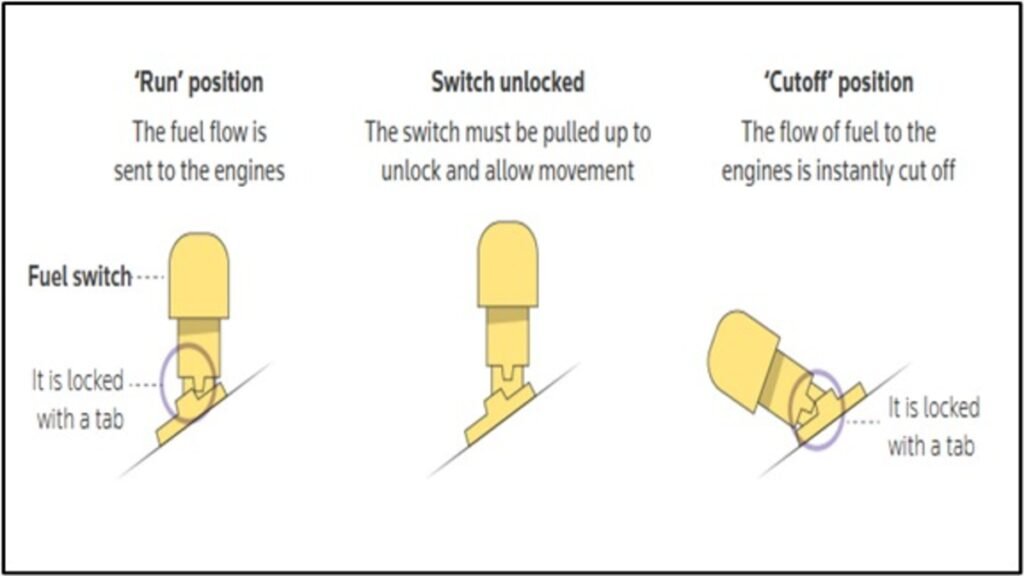
Pilot Assessment
Captain Sumeet Sabharwal (15,600 hrs, 8,600 hrs on B787) and First Officer Clive Kunder (3,400 hrs, 1,100 hrs on B787) reacted immediately, showing no signs of panic. Their actions aligned with emergency protocols despite the extremely short time frame.
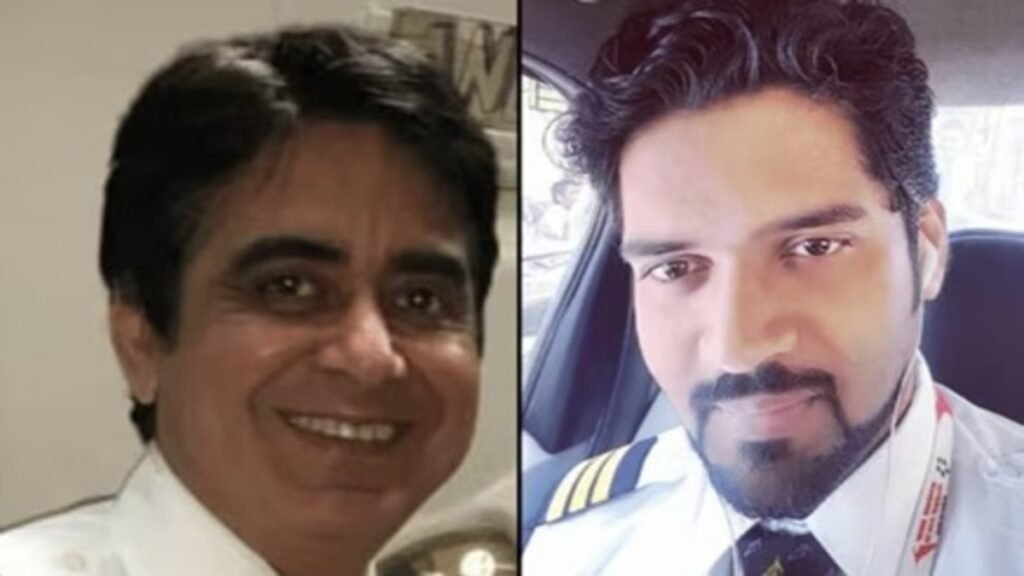
Emergency Response
Local residents, students, and staff rushed to the flaming wreckage before official responders arrived. The NDRF and Gujarat SDRF worked for over 12 hours to contain fires and recover bodies. The sole survivor was pulled from debris during initial rescue efforts.
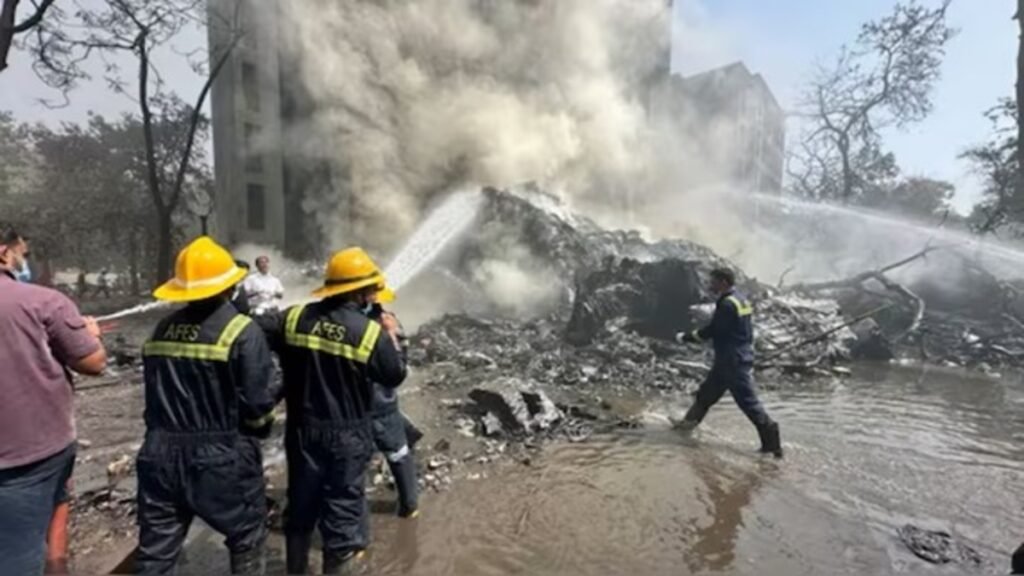
Administrative and Political Response
Prime Minister Narendra Modi and other senior ministers, including Home Minister Amit Shah, also visited the crash site and hospitals. A day of national mourning followed. The British government launched support services for affected nationals. During the Trooping the Colour ceremony, a moment of silence honored the victims.

Investigation Launch
AAIB, assisted by NTSB, Boeing, GE, FAA, and UK authorities, began the investigation. Preliminary findings: uncontrolled movement of fuel switches caused dual engine shutdown within seconds of takeoff. DGCA ordered immediate inspection of Boeing 787 fuel shutoff systems.
Compensation and Corporate Measures
Tata Group, owner of Air India, announced a ₹500 crore trust fund. Provisions: ₹1 crore per victim’s family, full medical coverage for the survivor, and lifetime education for orphaned children. Some families accused the airline of coercive legal agreements limiting claims.
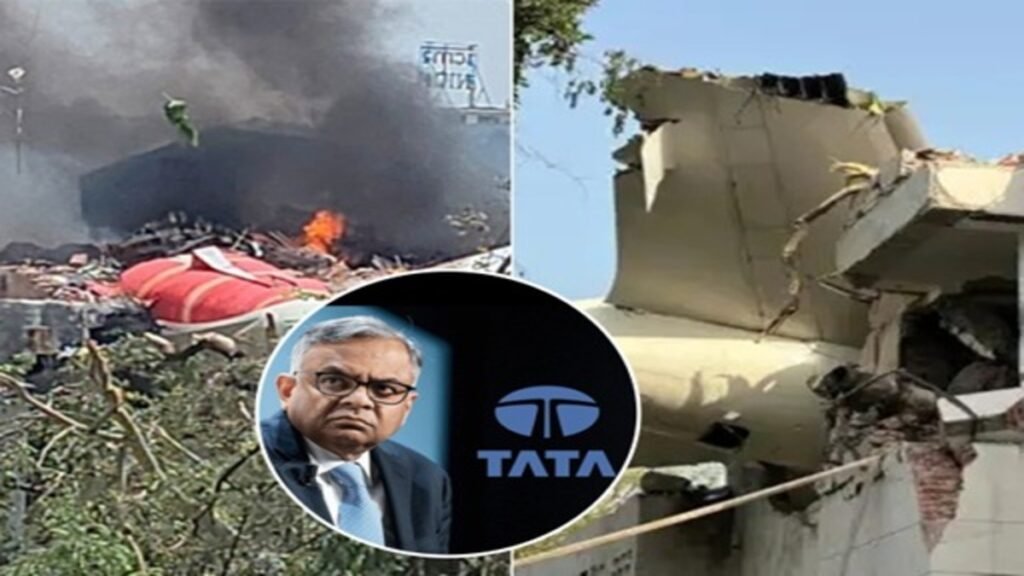
Public Reaction and Legal Disputes
Several families rejected the preliminary report as vague and protective of corporate interests. They demanded an independent judicial inquiry led by a retired Supreme Court judge.
Wider Effects on Aviation Regulation
The crash renewed calls for review of cockpit ergonomics, installation of cockpit video recorders, and enhanced pilot mental health checks. Pilot unions warned against premature conclusions of pilot error without complete evidence.
Flaws in the Investigation Report
- No root cause analysis despite ICAO protocols.
- Data recorders kept in Ahmedabad for 8 days; later declared “too damaged.”
- No simulator recreations or engine N1/N2 readings included.
- Ignored known defects: fuel switch vulnerability, TCMA faults, EECMN processor risks.
- No examination of ELT failure.
Maintenance Practices
Aircraft operated with multiple MELs, including core avionics and nitrogen generation system. No targeted inspection for known fuel switch issues. Maintenance sign-off occurred just one hour before flight. MEL loopholes allow swapping faulty parts to meet dispatch criteria — a practice that invites cumulative risk.
Media Bias and International Narrative
Within hours, Western media outlets floated “pilot suicide” theories, citing unverified depression claims, without CVR transcripts or medical proof. Past Boeing-linked Western crashes were reported with technical nuance; here, Air India pilots were swiftly blamed.
Stories from outlets like CNN and major U.S. dailies pushed mental health narratives—blaming the pilot without any psychiatric assessment or cockpit behavior context.
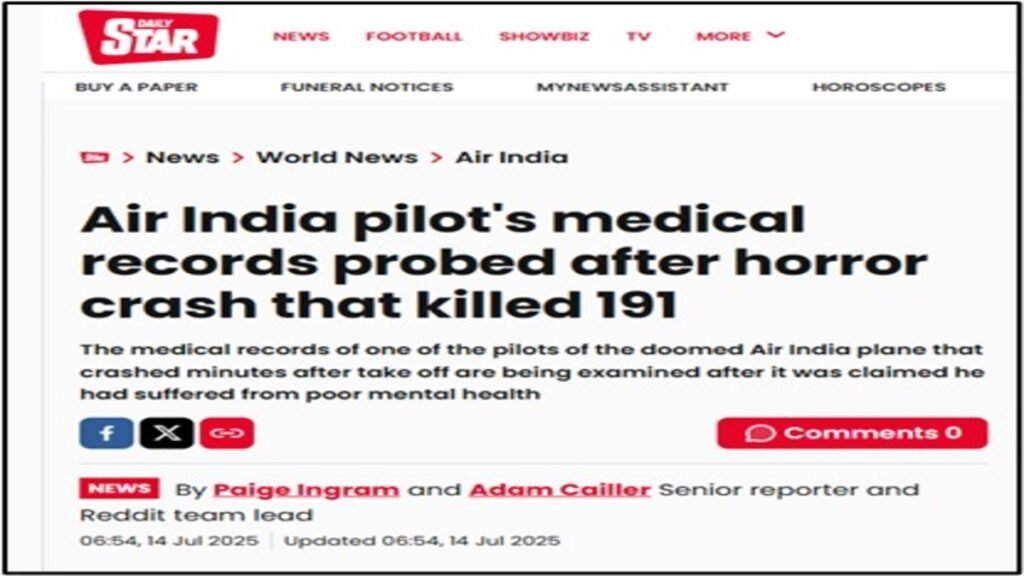
Few of the headlines used by them were:
“Captain of doomed Air India flight—who had reportedly suffered depression—may have cut off fuel flow to engines, officials believe” by the New York Post.
“DISASTER RIDDLE Fears grow. Air India crash was pilot suicide, as aviation expert says ‘vanishingly small’ chance fuel was cut by accident” by The Scottish Sun.
“LAST WORDS Air India pilot’s haunting plea when he left home on day of deadly crash as probe confirms he turned off fuel switches’’ by The Sun.
“Air India plane crash: Pilots’ mental health under the spotlight” by The Times.
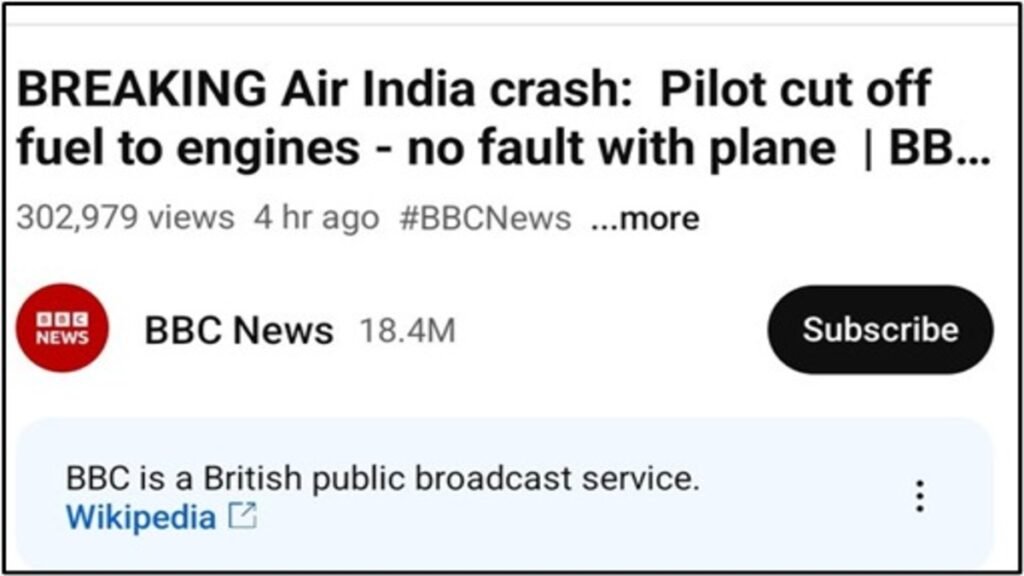
📺 Watch Unbiased Regular Global Defence Updates, Analysis, and Geopolitical Coverage on “The GRYD “
Boeing’s Immunity Through Influence
Boeing isn’t just a private aircraft manufacturer—it’s America’s chosen aerospace darling. With defense contracts worth hundreds of billions and a legacy that spans presidential transport to nuclear deterrence platforms, Boeing operates with the kind of immunity that only comes with political patronage. And in recent years, that patronage has had a very specific ZIP code: 1600 Pennsylvania Avenue.

Boeing enjoys entrenched political protection in the U.S., reinforced under Trump’s administration through exclusive Air Force One and next-gen fighter contracts. Such favoritism shields Boeing from regulatory accountability. When crashes occur abroad, known defects vanish from reports, and blame shifts to pilots.

🛡️ Boeing’s Rising Power in the U.S. Defense Industry – Full Story
Regulatory Escape Routes
- FAA advisories unenforced internationally.
- Boeing engineers act as “technical advisors” in investigations.
- Fines absorbed as business expenses.
- Whistleblowers sidelined or dismissed.
- Political ties provide immunity from deep scrutiny.
Related Past Accidents and Patterns
- Ethiopian 302 (2019) & Lion Air 610 (2018): MCAS failures.
- Turkish 1951 (2009): Faulty altimeter misled autothrottle.
- BA 38 (2008): Dual engine rollback from ice crystals in fuel-oil exchangers.
Pattern: automation flaws, ignored warnings, and pilots hindered from regaining control. In Air India Flight 171, weather was not a factor — internal technical and procedural failures were.

🔍 Read More About the Recent F-35 Crash: Full Details, Causes & Updates
Expert Reactions
Experts questioned missing CVR transcripts and the foreign leaks. Pilot unions condemned bias toward blaming crew. Fuel switches are mechanically guarded, making spontaneous movement highly unlikely.
Captain Steve Scheibner believes the Air India crash may have been a result of a human act inside the cockpit, not an accident
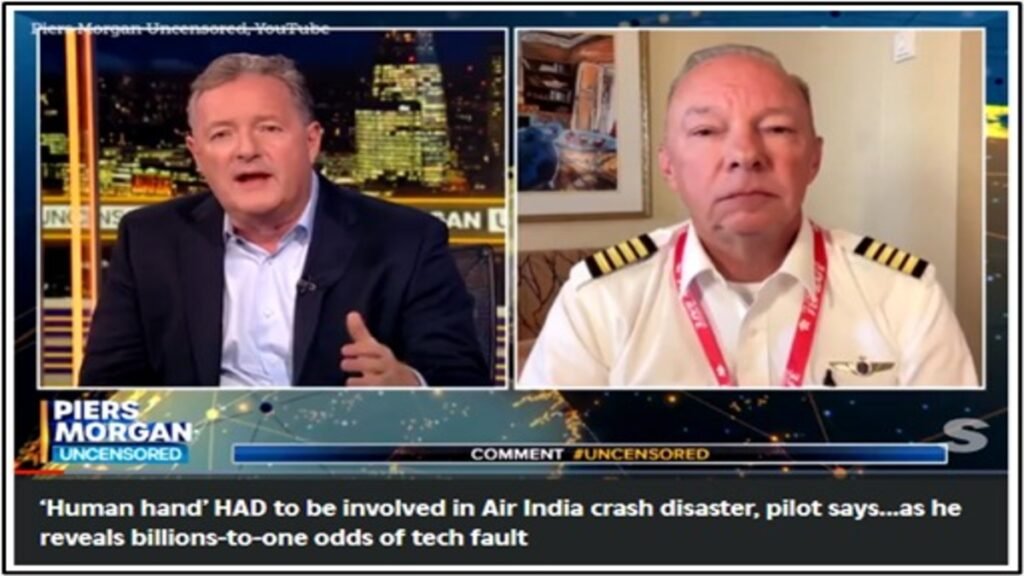
US aviation safety expert Anthony Brickhouse said a key question is why the switches were moved in a way that is inconsistent with normal operations. “Did they move on their own, or did they move because of the pilots?” he said. “And if they were moved because of a pilot, why?”
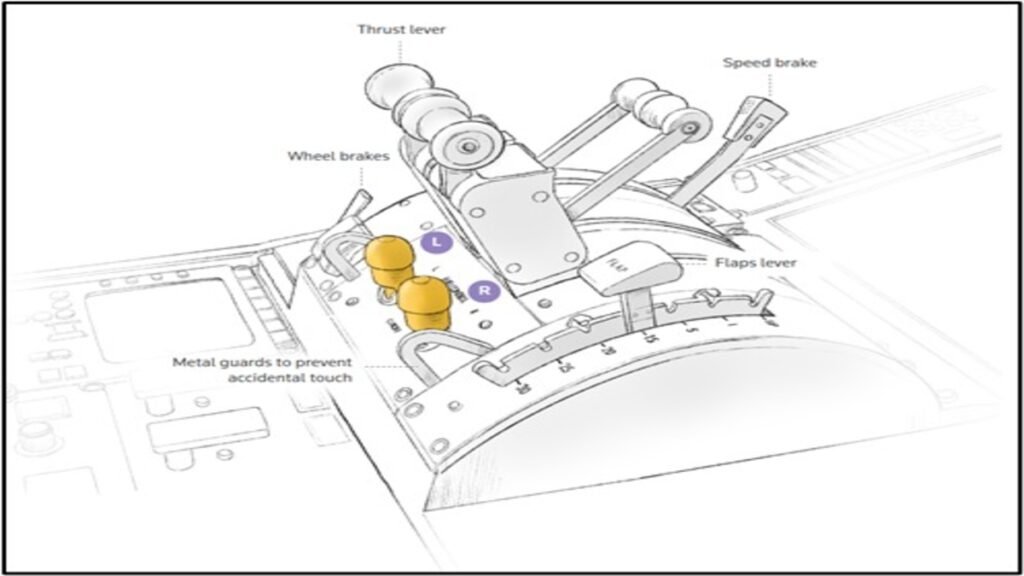
US aviation safety expert John Cox said a pilot would not be able to accidentally move the fuel switches that feed the engines. “You can’t bump them, and they move,” he said.
Air Marshal Sanjeev Kapoor said, “The preliminary report, which came last night, leaves many doubts in my opinion. Why did the engines fail? ”
Speaking to ANI, Sanjay Lazar said, “The Wall Street Journal this morning has released a report that suggested that the commander of the flight Al171 had undone the fuel switches.“
“The tone and direction of the investigation suggest a bias towards pilot error. ALPA India categorically rejects this presumption and insists on a fair, fact-based inquiry,” the Airline Pilots’ Association of India (ALPA) said in a statement.
Strategic Preventive Actions
- Make FAA bulletins binding for India.
- Create independent crash boards with commercial pilot members.
- Ban MEL loophole exploitation.
- Remove manufacturers from their own crash investigations.
- Strengthen whistleblower protections.
- Curb speculative media scapegoating.
Structural Reforms to Prevent Future Failures
- Enforce FAA advisories by Indian law.
- Independent investigation board outside Civil Aviation Ministry.
- Mandatory pilot involvement in major crash reviews.
- Public release of complete black box data.
- Ban component swaps to meet dispatch clearance.
- Independent ELT testing after failures.
- Penalties for unauthorized leaks.
Conclusion
The Air India Flight 171 investigation reveals how corporate influence, weak regulation, and media spin can override aviation safety. The preliminary report offers no verified cause, no technical clarity, and no accountability — shielding Boeing while targeting pilots.
From damaged black boxes to missing simulator data and premature blame games, this case reeks of reputation management, not truth. This was not pilot error — it was a failure of aircraft systems, regulatory oversight, and investigative integrity.
In aviation, truth isn’t just one of many options—it is the sole and crucial barrier that is standing between safety and the next catastrophic tragedy. For every life lost, truth remains the only justice we can offer—and the only protection that is owed to those still flying.
Air India Flight 171 Crash: FAQs & Key Facts 2025
A. The Air India Flight 171 crashed shortly after taking off from Ahmedabad on 12th June 2025 due to dual engine failure, claiming overall 260 lives.
A. The investigation points to unexplained fuel switch movement causing both engines to shut down, with possible mechanical or software faults.
A. Only one passenger, Vishwash Kumar Ramesh, survived due to a rupture near his seat that lessened the force of impact.
A. The preliminary report exposed technical flaws, ignored warnings, and regulatory gaps, raising questions about Boeing’s role.
A. It triggered calls for stricter cockpit safety standards, independent crash boards, and stronger enforcement of FAA advisories.


